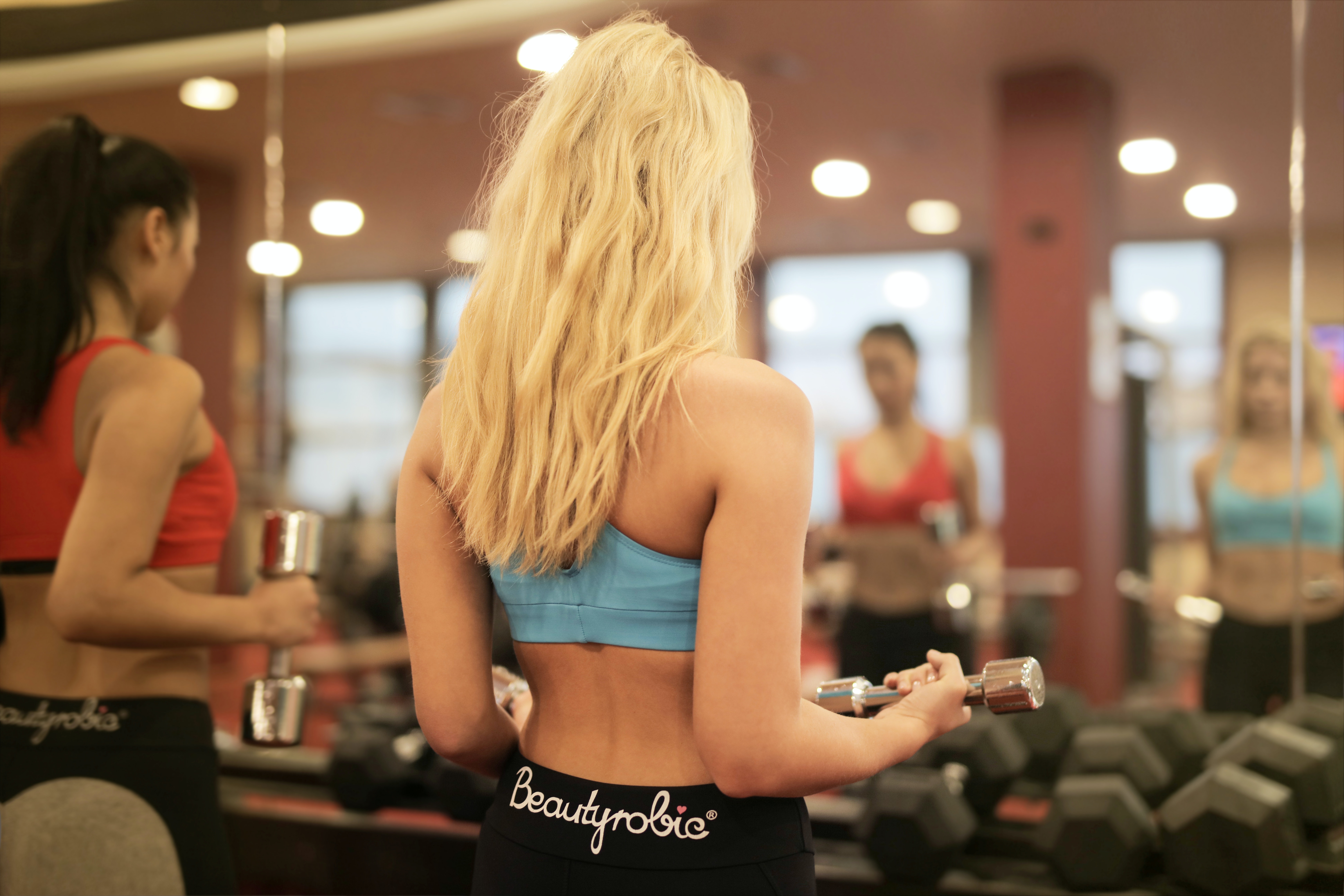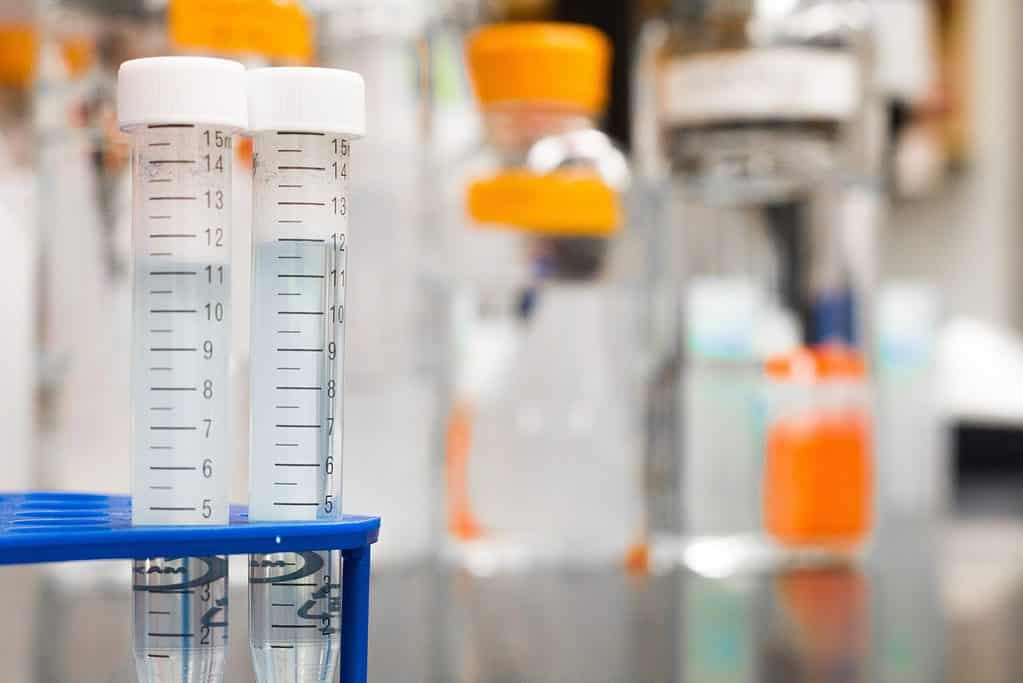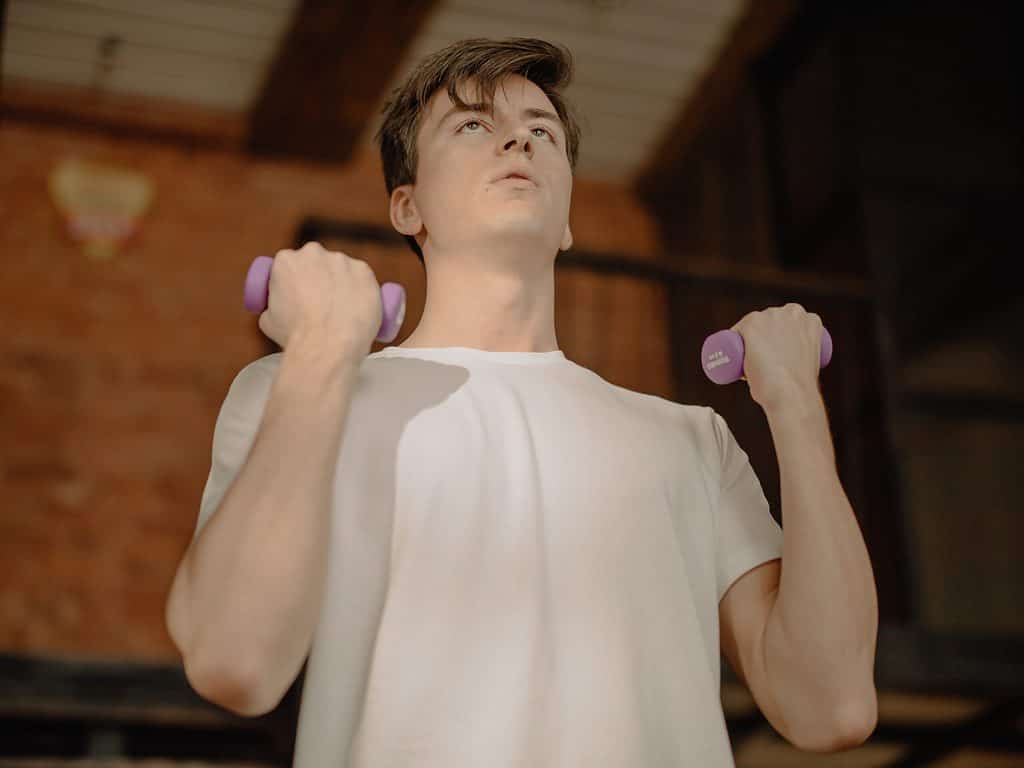When it comes to sports performance, there’s a lot we can learn from understanding the relationship between genes, DNA and sports. The human body has two types of muscle fibers, red muscle fibers that move slowly, and white muscle fibers that move quickly. Your genes determine which type of muscle fiber is stronger.
Understandin g the Role of Muscle Fiber Type
g the Role of Muscle Fiber Type
The ACTN3 (Alpha Actinin) gene is only active in white (fast-twitch) muscle fibers, but it plays a crucial role in how t hey function. A gene mutation often makes this gene inactive, reducing the function of white muscle fibers and, as a result, the muscles’ ability to contract quickly. The red muscle fibers give the muscles more strength. Each person has two genes that make ACTN3, and these genes can be put together in different ways.
hey function. A gene mutation often makes this gene inactive, reducing the function of white muscle fibers and, as a result, the muscles’ ability to contract quickly. The red muscle fibers give the muscles more strength. Each person has two genes that make ACTN3, and these genes can be put together in different ways.
24% of the population has both genes inactive and don’t make ACTN3 protein, this type of person is known as endurance type. 44% of the population has one of the genes active and makes ACTN3 protein and 31% of the population has both genes active and makes ACTN3 protein, this type of person is known as the power type.
The second sports gene, called ACE (Angiotensin Converting Enzyme). It is important for controlling blood pressure. There are two types of ACE. Elite marathon runners have the endurance sports form of the ACE gene, which makes the muscles better at endurance. The power form of the ACE gene makes the muscles better at power and sprinting. Every person has two of these genes, which can be put together in the following ways:
25% of the population has both genes endurance, 50% of the population has one gene endurance and one gene power, and 25% of the population has both genes power. If both genes are present, there is a general genetic tendency toward a certain mix of endurance and strength training, which can be very different for each person. Depending on the sport played, this information can change how an individual trains.
Oxygen Uptake (VO2max)
Your genetic ability to take in oxygen through the lungs and send it to the right muscles.
Maximum aerobic capacity, or VO2max, is the amount of oxygen the body can use when a person is running or cycling at full speed. It depends on how much blood the heart pumps, how much oxygen the lungs get into the blood, and how strong the muscles are at getting oxygen from the blood that flows around them and using it. During exercise, the body needs more energy, so it needs more oxygen. If there isn’t enough oxygen in the cells, the process of turning food into energy slows down and performance goes down. The more oxygen someone can use, the more stamina they have.

Athletic Potential
According to a statistical analysis, half of a person’s ability to improve their aerobic capacity through training is completely set by their parents. A few years ago, sports genetics made a big step forward. More than twenty gene variants (like NRF2, VEGF, ADRB2, CRP, etc.) have been found that can predict the inherited part of an individual’s aerobic improvement.
These genetic markers show which people respond well to training and which don’t. Genes involved in immune and inflammatory processes in the body determine how different people respond to aerobic training. But there are some genetic differences that make the VO2 max level much higher and make for a better starting point even without training. Most of the time, the best endurance athletes in the world are born in better shape than their peers.
Inflammation Response and Injuries
Some genes control how aggressive the immune system is, which can make you more likely to get hurt.
When people work out too much, the tissue is damaged in many places. The immune system usually sees this as a normal process and there is no swelling or inflammation. However, the immune system’s level of aggression is controlled by genes. When mistakes happen, there is a problem and a strong inflammatory response.
Two genes, COL1A1 and COL5A1, have been found to play a role in the likelihood of injuries. COL1A1 is associated with a higher risk of stress fractures, while COL5A1 is linked to a higher risk of ankle sprains. Understanding these genetic factors can help individuals and coaches tailor training programs and prevent injury.
In addition to muscle fiber type and injury risk, genetics can also play a role in overall athletic potential. Studies have found that certain genetic variations are more common in elite athletes compared to the general population. For example, the ACTN3 R577X variant, which is associated with power athlete, is found in 18-19% of elite power athletes, compared to only 4-5% in the general population.
It’s important to note that genetics is just one piece of the puzzle when it comes to athletic performance. Training, nutrition, and mental attitude all play a significant role as well. Yet, understanding genetic factors can help individuals and coaches make informed decisions about training and performance.
In conclusion, genetics plays a significant role in athletic ability, from muscle fiber type to injury risk to overall athletic potential. The ACTN3 and ACE genes play a crucial role in muscle function and endurance. The VO2max is also highly influenced by genetics, as well as the risk of injury.
Understanding these genetic factors can help individuals and coaches make informed decisions about training and performance. Yet, it’s important to remember that genetics is one piece of the puzzle. Training, nutrition, and mental attitude all play a significant role in athletic performance as well.



